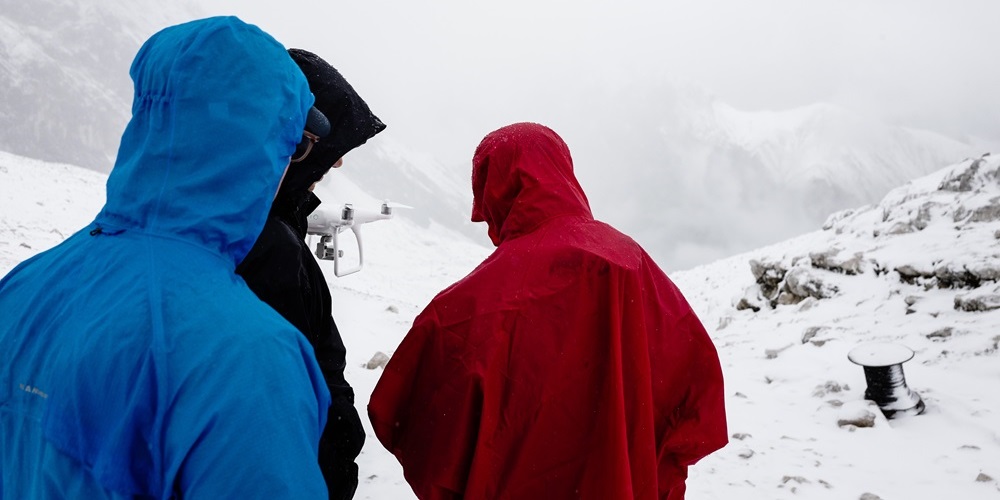Master the Trails: When to Hike vs Run Based on Your Heart Rate
Trail running offers a perfect blend of adventure, fitness, and connection with nature.
Unlike road running, trails demand constant adaptation to changing conditions—steep climbs, technical descents, and everything in between.
Knowing when to run and when to power hike makes all the difference in your performance and enjoyment.
Why Heart Rate Matters on the Trail?
Your heart rate tells an important story about your effort level. On trails, maintaining the right effort—not necessarily the same pace—helps you go further with less fatigue.
When your heart rate climbs too high, you’re burning through energy stores quickly. By monitoring this key metric, you can make smarter decisions about when to switch between running and hiking.
Heart rate zones are personal—they vary based on your fitness level, age, and genetics. What feels easy for one person might be challenging for another.
Making the Run vs. Hike Decision
Here’s a simple guideline based on heart rate zones:
| Heart Rate Zone | Percentage of Max HR | When to Run | When to Power Hike |
| Zone 1 (Easy) | 50-60% | Flat and downhill sections | Rarely needed |
| Zone 2 (Aerobic) | 60-70% | Most terrain with good footing | Short, moderately steep climbs |
| Zone 3 (Tempo) | 70-80% | Moderate terrain | Medium hills or technical sections |
| Zone 4 (Threshold) | 80-90% | Brief periods only | Most uphills and very technical terrain |
| Zone 5 (Maximum) | 90-100% | Almost never sustainable on trails | Nearly all steep climbs |
The Power Hiking Technique
Power hiking isn’t just walking—it’s an efficient forward movement using your entire body. When done right, it can be nearly as fast as running on steep uphills while using significantly less energy.
The key elements of effective power hiking:
- Keep your torso leaning slightly forward
- Use shorter, quicker steps rather than big strides
- Push off your back foot with purpose
- Use your arms actively, even consider light pressure on thighs
- Maintain a steady breathing rhythm
“Power hiking sections of my ultra races saved my legs and helped me pass runners who tried to run every hill,” says elite ultramarathoner David Roche.
The 180 Rule: A Simple Approach
If you don’t have a heart rate monitor, try this: if your running cadence drops below 160-170 steps per minute on an uphill, you’re probably better off power hiking.
Another approach is the talk test. If you can’t speak in full sentences, your heart rate is likely too high for sustained effort—time to power hike.
Terrain-Specific Considerations
Different terrain types call for different strategies:
For steep uphills (>15% grade): Almost always power hike unless you’re in a short race. Your heart rate will quickly spike into zones 4-5 when running these sections.
For moderate hills (8-15% grade): This is the gray area where your heart rate should make the decision. If you stay in zone 3 or below while running, continue running. Otherwise, switch to power hiking.
For technical terrain: Even on flat ground, technical terrain with rocks and roots requires more energy. If navigating causes your heart rate to climb above zone 3, consider power hiking briefly.
For downhills: Generally run these, but very steep or technical downhills might require careful stepping that resembles hiking more than running.

Training Your Hiking Muscles
The muscles used for efficient power hiking aren’t identical to those for running. Include specific training:
- Hill repeats with intentional power hiking sections
- Weighted step-ups to build climbing strength
- Core work focusing on hiking-specific stability
Remember that improving your power hiking can boost your overall trail performance just as much as faster running.
Listen to Your Body First
While heart rate data provides valuable guidance, always prioritize how you feel. Factors like heat, altitude, fatigue, and hydration all affect optimal heart rate zones.
On your next trail run, experiment with switching between running and power hiking based on your heart rate.
You might be surprised how this strategy helps you finish stronger and enjoy the journey more.
The beauty of trail running lies in adapting to nature’s challenges rather than fighting against them.
By making smart choices about when to run and when to hike, you’ll develop a sustainable relationship with the trails that keeps you coming back for more adventures.














